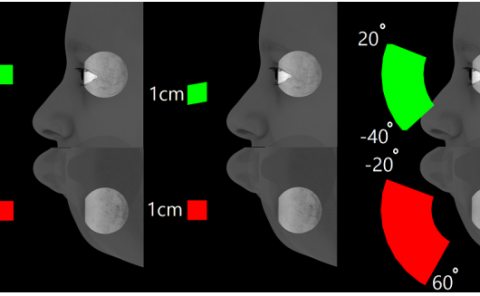Virtual coupling triggering for interaction force reduction of haptic free-motion using surface EMG
PubDate: July 2017
Teams: Seoul National University;Korea University;Korea Institute of Science and Technology
Writers: Jae-hoon Choi, Chanyul Jung, Yeonghun Kim, Chang-hwan Kim, Shinsuk Park, Kyu-Jin Cho & Seung-Jong Kim
PDF: Virtual coupling triggering for interaction force reduction of haptic free-motion using surface EMG

Abstract
Haptic systems render virtual reality by providing kinesthetic, tactile senses to an operator through a haptic device. Previous researchers analyzed haptic systems’ stability and performance issues. On haptic frameworks, a virtual coupling network that provides compliance between the haptic device and the virtual proxy for passivity distorts realistic interaction with virtual environment. That is, the operator will experience resistance even when the environment simulates free-motion. This paper suggests a virtual coupling triggering algorithm for improving free-motion performance of a haptic interface. A 1DOF exoskeleton for a knee joint is designed, and admittance control is used instead of compensating device dynamics to enable wide implementation of the haptic interface, up to a heavy and bulky haptic device. The algorithm utilizes surface EMG (sEMG) signal, which is easily collected from operators. Proper virtual coupling is designed according to previously derived guidelines for unconditional stability criteria. A method for pattern recognition of sEMG signal and a triggering algorithm corresponding to the recognized patterns are explained. The suggested algorithm successfully reduces peak of interaction force between the device and the operator by about half when the haptic interface simulates free-motion. Corresponding simulations and experiments are presented.


